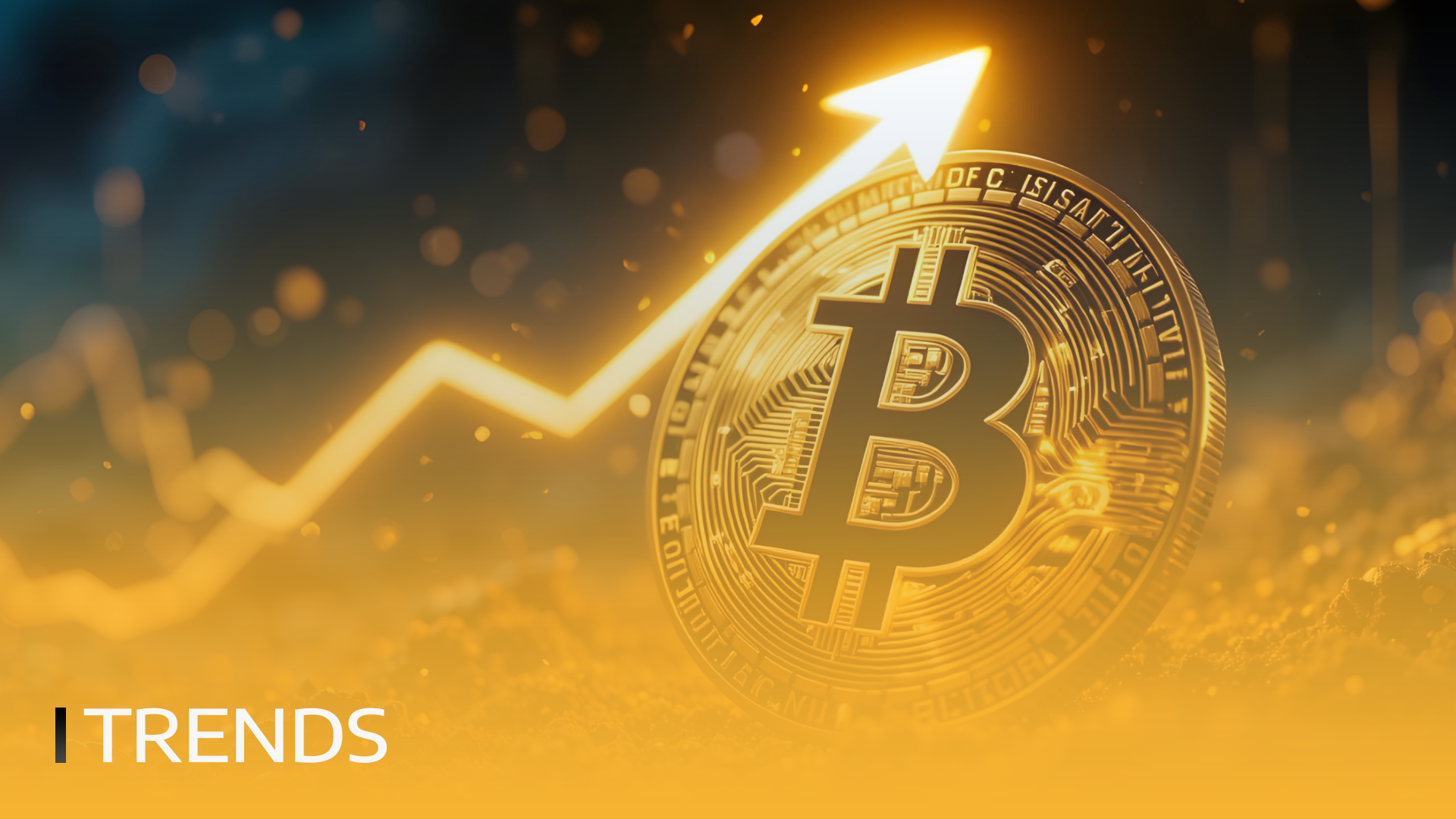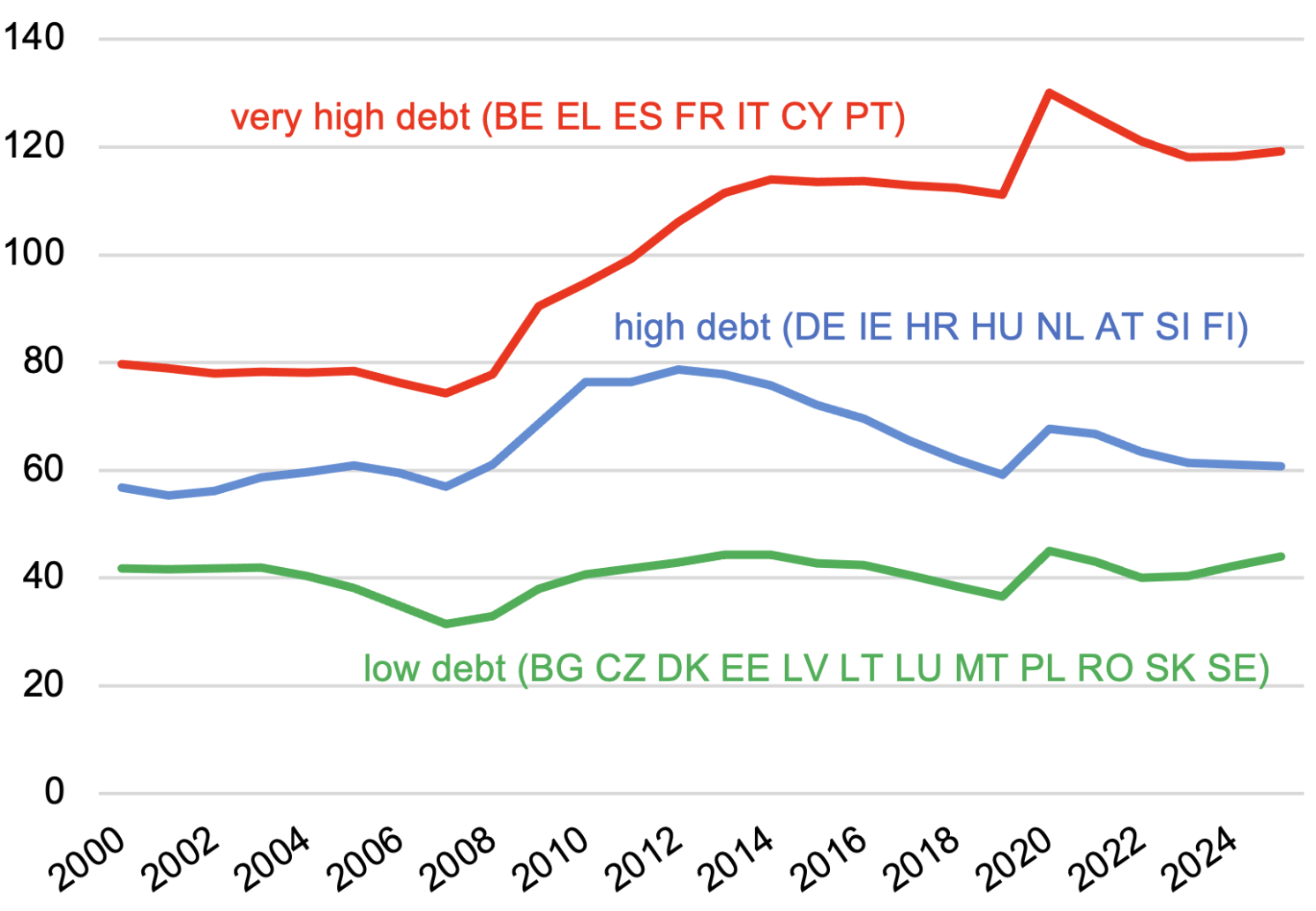Why Savers Will Seek Alternatives to Fiat

The recent inflationary episode has shown how difficult it is to find an asset that will protect the purchasing power of small savers. When the rate of price growth rises significantly above the generally expected two percent per year, it is almost impossible to immediately adjust investment portfolios to escape unscathed. And although inflation has now returned to the two-percent target in most standard market economies, that does not necessarily mean it has had the last word.
How to protect savings from inflation?
This was the crucial question for many savers in 2022 and 2023, when the inflation rate completely broke away from the target that central banks in developed economies aim to maintain. Even though interest rates on bank savings products rose relatively quickly, they did not nearly compensate for the spike in inflation. As a result, the real value of savings declined. While it may seem that this inflationary wave is now behind us, the risk of another episode remains.
A few years ago, inflation was largely supply-driven, sparked by rising energy prices. Now, however, demand-side inflation could be on the horizon.
Public debt as a risk factor
The danger lies in rising public debt levels across advanced economies. Beyond Greece, debt has surged in countries such as France, the United States, Italy, Spain, and the United Kingdom. Since the financial crisis of 2008–2009, the average government debt of the European Union has grown from around 60 percent of GDP to more than 90 percent in 2020 and 2021. [1] Although it has slightly declined since then, the trend has not fundamentally reversed.
Moreover, Western governments show little willingness to significantly consolidate their public finances, even though deficits in many cases exceed the critical threshold of three percent of GDP. This persistent imbalance may plant the seeds for another inflationary wave, eroding the value of traditional savings once again.
Figure: General government debt to GDP in selected European countries (2002–2024, %)

Source: European Commission [2]
Crypto-assets as a potential alternative
In such an environment, it can be expected that small savers will increasingly seek alternatives not only to conventional fiat currencies but also to standard assets, neither of which can reliably shield them from inflation. This opens the door for digital assets—whether we call them crypto-assets, cryptocurrencies, or virtual currencies—as a possible hedge.
Bitcoin provides a clear example. Its total supply is predetermined and fixed, making it inherently anti-inflationary. Unlike fiat currencies, which are subject to fiscal and monetary expansion or contraction, Bitcoin’s scarcity is built into its design.
Crypto-assets are also gaining trust among investors to the point that, for some, they are even more attractive than gold. As their value rises and investment options expand, more savers may consider allocating part of their holdings to this emerging class. This could mark the beginning of qualitative changes in both the financial market and household investment strategies.
Sources:
[1] https://ec.europa.eu/eurostat/statistics-explained/index.php?title=Government_finance_statistics
[2] https://cepr.org/voxeu/columns/high-government-debt-eu-or-end-enjoy-now-pay-later